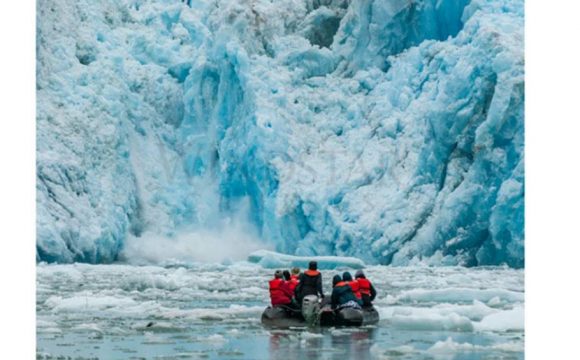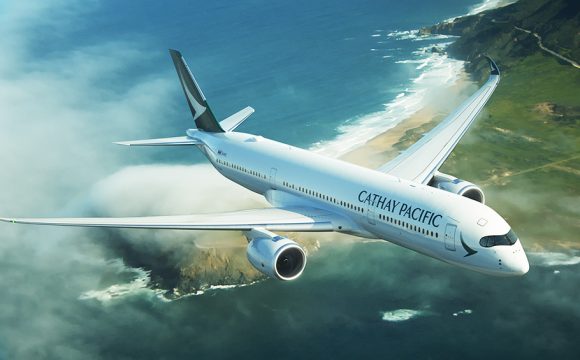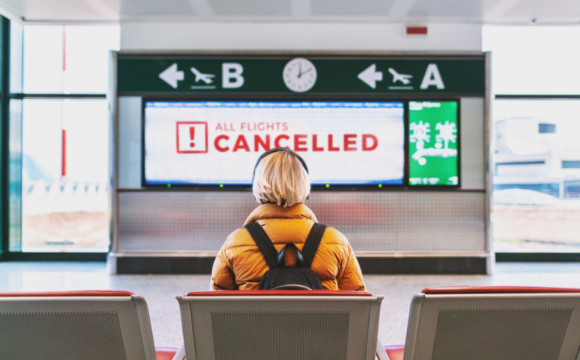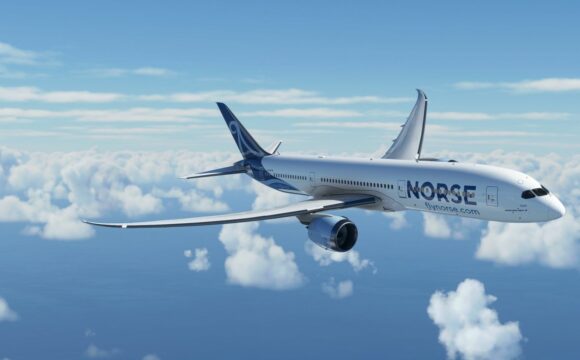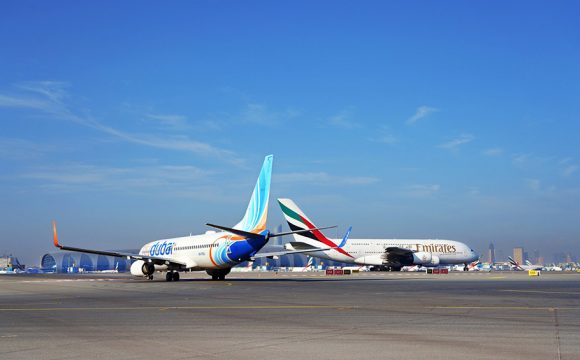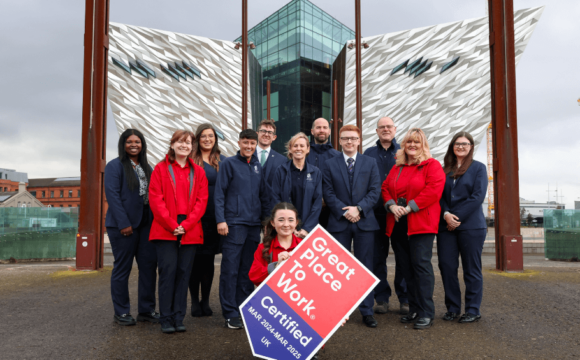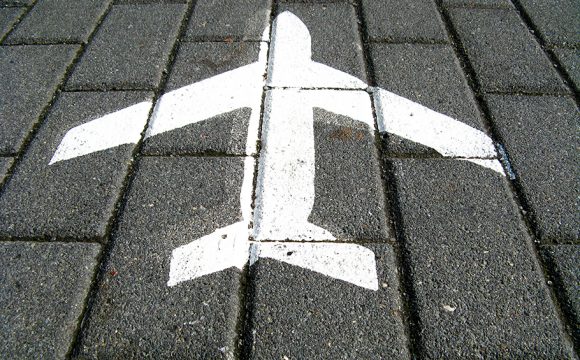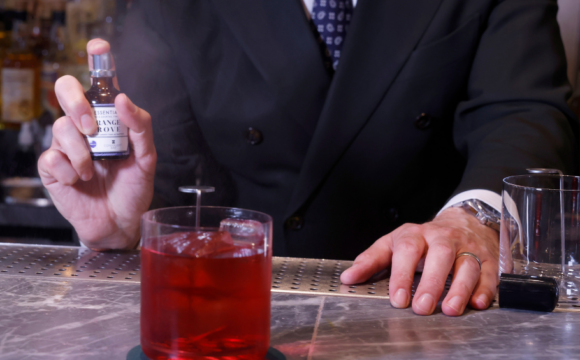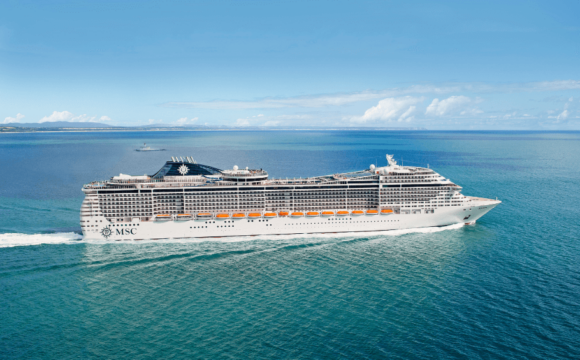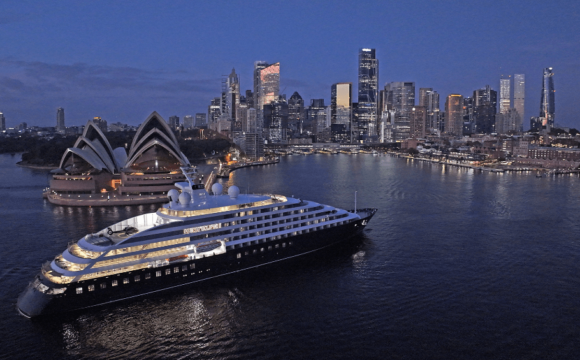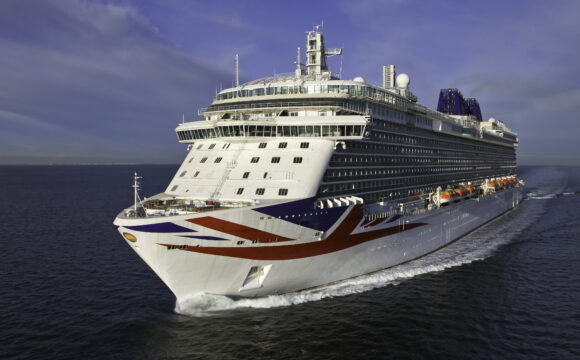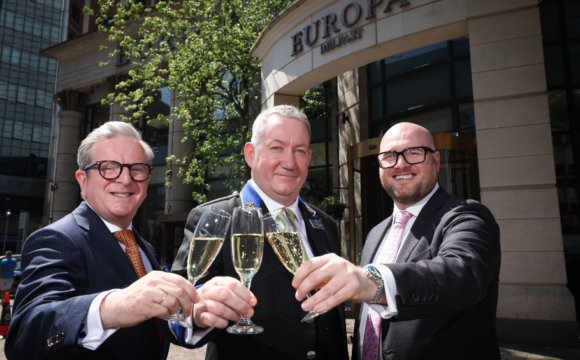The poem was written by Mohr, a young pastor from Salzburg, and the melody was composed by the teacher and organist Gruber from Upper Austria. Two hundred years later, the song is sung by around two billion people in over 300 languages and dialects around the world. ‘Silent Night’ is a UNESCO Intangible Cultural Heritage and world peace song, international cultural asset and musical legacy. The big anniversary is duly celebrated in the 13 Silent Night locations in SalzburgerLand, Tirol and Upper Austria, with new museum openings, special exhibitions in Salzburg and Linz, a new stage play and numerous events. Guests from all over the world can enjoy a genuine, authentic holiday experience on the traces of ‘Silent Night’.
The anniversary celebration is a joint project by 13 Silent Night locations in the provinces of Salzburg, Tirol and Upper Austria to enable participation by visitors from all over the world. Not many people know that the origins of the Christmas song can be found in SalzburgerLand, that Franz Xaver Gruber was born and raised in Upper Austria and that the song was spread via Tirol. Even today, many myths about the song are in circulation, for example, that it was composed by Michael Haydn or is an American folk song.
Origin and dissemination of the song
The Salzburg-born Joseph Mohr wrote the touching poem stanzas of ‘Silent Night’ as a young assistant priest in Mariapfarr in Salzburg’s Lungau region in 1816. Two years later, he met the teacher Franz Xaver Gruber in Oberndorf near Salzburg and handed the poem to him with the request to compose a melody. It was performed by the two in the St. Nikola church in Oberndorf.
Only a few years later, the song reached Tirol – via the Zillertal valley organ builder Carl Mauracher – where the Tirolean national singing came about at the beginning of the 1830s. Musically talented farmer families travelled through Europe as mobile merchandise dealers and performed in front of audiences. The Strasser siblings and the Rainer singers from the Zillertal valley in particular made the song internationally known, in Europe, across America and in Russia. The song’s popularity was further spread via missionaries.
‘Silent Night’ is like a message of peace that spread like wildfire around the world. Today, there is hardly anyone who does not know the contemplative melody.
Experience the song with all your senses in the 13 Silent Night locations
Many of the 13 Silent Night locations have already been honouring the song for some time with museums, exhibitions or memorial plaques and chapels. For the big anniversary, these efforts are intensified to bring the song’s history even more to life.
A journey on the trail of ‘Silent Night’ promises exciting insights into the historical background, church history, music and art history, architecture and regional
characteristics. It also guarantees a unique experience for the senses for all who know and love the song.
The Seven Silent Night locations in SalzburgerLand at a glance:
- City of Salzburg: Birthplace of Joseph Mohr, Salzburg Cathedral with the baptismal font of Joseph Mohr, guided Silent Night city tours
- Arnsdorf: Residence of Franz Xaver Gruber / Silent Night Museum in Austria’s oldest still active school building, pilgrimage church, Origin of the melody of “Silent Night! Holy Night!”
- Oberndorf: Place of first performance / Silent Night Museum, Silent Night chapel in the Silent Night district / guided Silent Night tours
- Hallein: Last residence and grave of Franz Xaver Gruber / Silent Night Museum / new Silent Night organ in Hallein’s parish church / singing at Gruber’s tomb
- Mariapfarr: First employment place of Joseph Mohr / new Silent Night Museum, Pilgrimage Church and Silent Night Basilica
- Hintersee: First autonomous parish of Joseph Mohr / Silent Night Museum, Joseph Mohr memorial chapel, Joseph Mohr memorial trail Wagrain: Last mission and grave of Joseph Mohr / new Silent Night Museum, Cultural walk
- The 3 Silent Night locations in Upper Austria at a glance:
Hochburg-Ach: Birthplace of Franz Xaver Gruber / museum, Franz Xaver Gruber peace trail, history play on the third weekend of Advent - Ried im Innkreis: Franz Xaver Gruber’s place of education / original Silent Night Nativity Scene in the Museum Innviertler Volkskundehaus
- Steyr: Oldest preserved print of the song / replica of the print in the Christmas Museum (from 2018 onwards)
- The 3 Silent Night locations in Tirol at a glance:
- Fügen: Home of Carl Mauracher and the Rainer family / local heritage museum with the world’s largest Silent Night record collection / memorial plaques
- Hippach: Home of the Strasser siblings / local heritage museum in the Strasser Häusl
- Achensee region: Home of national singer Ludwig Rainer / exhibition, chapel, grave site
The highlights in the anniversary year 2018
A total of nine Silent Night locations and museums – including the Salzburg Museum – take part in the national exhibition “200 years Silent Night! Holy Night! – Austria’s message of peace to the world” which takes place from 29 September 2018 to 2 February 2019. The museums in Salzburg, Arnsdorf, Oberndorf, Hallein, Wagrain and Mariapfarr show different facets of the song and its creator. In Hintersee, a new theme trail is dedicated to the song. Beyond the borders of Salzburg, Hochburg-Ach (Upper Austria) and Fügen (Tirol) also take part in the exhibition.
On 24 November 2018, the new stage piece with the title Meine Stille Nacht – “My Silent Night” premiered at Felsenreitschule. The production offers all the prerequisites to bring a “Broadway” feeling to Salzburg. American film composer and Emmy award winner John Debney (“Ice Age”, “Sin City”, “The Jungle Book”) composed the music. The screenplay is written by author, director and musician Hannah Friedman. Andreas Gergen, known for the successful production of “The Sound of Music”, is directing. The musical is in German with English sub-titles.
“Silent Mouse and Silent Night — a song and its history” in Wagrain-Kleinarl – This folk play, whose premiere is set to take place on 9 November, will include both actors and puppets and will be held at two different locations: Wagrain, Joseph Mohr’s home for many years, as well as Salzburg, as the protagonist’s place of birth. The production by the Salzburg State Theatre recounts stories and events from the point of view of young Joseph Mohr and also engages with the time and place in which the poem would eventually become the famous song.
A journey on the traces of the song – SalzburgerLand, Upper Austria and Tirol – all represent a paradise for Advent and winter enthustiasts. Romantic Christmas and Advent markets, which usually open their doors on the last weekend in November, can be combined with the exciting anniversary events of “Silent Night”. Numerous other activities such as skiing, experiencing nature or a visit to the spa will delight. Route suggestions for individual tours through the Silent Night locations as well as bookable packages and further information can be found here: www.stillenacht.com
An Irish Angle – Exhibition in Maynooth University, Ireland
In honour of the 200th year anniversary of “Silent Night”, the St Patrick’s College Maynooth will be hosting a special exhibition ”Silent Night 200 – History. Message. Present.” The exhibition traces the origins of the song’s lyrics and melody and also gives insight into the song’s Irish adaptation.
The ‘Silent Night’ exhibition will run from December 17 until December 21, 2018 and from January 3 until January 7, 2019 at the President’s Arch in the St Patrick’s College Maynooth. Open 9am to 6pm each day of the exhibition.


